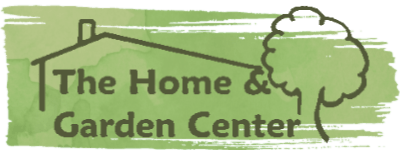Get To Know The ‘Heart’ Fern

The Heart Leaf Fern is my topic of choice this week. Ferns are more challenging to grow indoors and can be intimidating. I’ve killed my fair share of Rabbits Foot, Australian Tree and Heart Leaf ferns in the past before learning what they like and don’t like. We’re going to dive into the care and history of Heart Leaf Ferns.
I love ferns, they’re so majestic and they remind me of the PNW (Pacific Northwest) where my traveler soul would roam free living among all the lush vegetation. However, we’re here in good ole East Texas, and I have a few tips and tricks to make your ferns thrive in this hot dry climate.
Hemionitis arifolia is native to Southeast Asia and was first identified in 1859 and is part of the Pteridaceae family. These delicate ferns are epiphytic, meaning they climb up trees and make their home on them. It not only makes an attractive plant to add to your fern collection, it’s also being studied for purported treatment of Diabetes. The more you know!??
Heart Leaf Ferns have glossy, deep green, arrowhead to heart shaped leaves with deep burgundy to black stems. Ferns reproduce by producing spores found on the backside of their leaves. This plant’s leaves are “dimorphic” meaning some of their leaves produce spores and others don’t.
Due to the ferns native environment of high humidity it prefers consistently damp soil but not saturated soil. I suggest using a mix of ½ peat moss and ½ potting soil to give your fern a rich fertile soil to grow in. Adding orchid bark mix will help with the aeration of the soil as well as keeping those pesky gnats down.
The challenge with growing ferns as a house plant, is consistency. High Humidity, bright indirect light, and warm temperatures help not only Heart Leaf Ferns thrive but most of your other common ferns sold as house plants.
You can grow these beauties in a terrarium or an atrium allowing the humidity to build on itself thus creating an ecosphere perfect for your fern’s life indoors. Another way to help with humidity is to set your plant in a tray filled with pebbles and water, but make sure the pot is not sitting in water, but on top of the pebbles. As the water evaporates it will be a constant source of humidity for your plants.
Come see what we have growing on at The Home and Garden Center and add a little Pacific Northwest to your indoor oasis.


